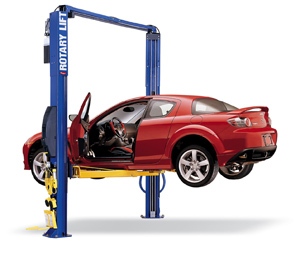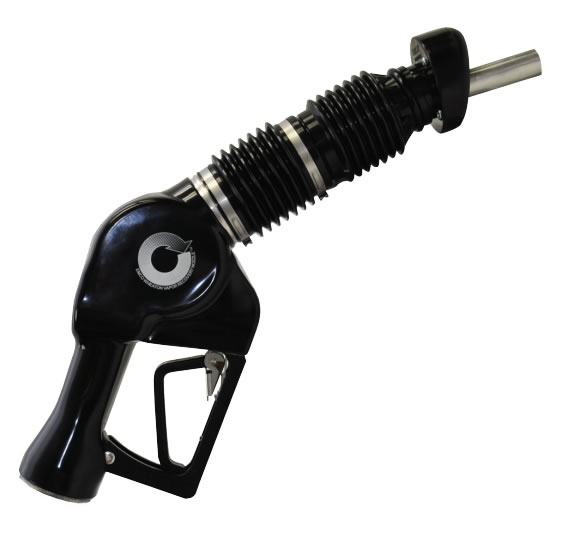Vital Safety and Lift Inspection Tips That Often Go Neglected By Vehicle Lift Owners
Vehicle lifts are big and powerful pieces of machinery, and being the owner of one makes you responsible for keeping up on its maintenance and making sure it is being correctly used at all times. Though installing a lift in your service station or automotive repair shop is one of the best ways to boost productivity and revenue, it can also bring a high level of liability if not cautiously operated and consistently inspected. The following safety tips may seem like common sense, but they still tend to go neglected in facilities far too often, especially when it comes to lift inspections.
Look For ANSI Compliance When Purchasing Equipment
The American National Standards Institute sets the guidelines for vehicle lift manufacturers, and testing by the Automotive Lift Institute ensures that equipment is in compliance before being sold to the public. This means that when you go to purchase a lift, you want to look for a certification tag that signifies it has passed the test and meets the national standard. Be advised that if you’re considering buying a used lift to save money, it’s likely you won’t know for certain if the machine and all of its parts are certified and truly safe.
Inspect Daily and Annually
Service station and repair shop owners must make sure that they are following the requirements to have their technicians do daily lift inspections before putting their equipment to use as well as scheduling annual inspections by a qualified inspector. ALI-certified professionals have taken part in and completed a program that rigorously educates and trains inspectors on proper procedures. Checking for hydraulic leaks, excessive wear, damage around the floor anchors and properly working controls, locks and restraints will decrease the chances of being caught in a dangerous situation and/or having to pay for costly repairs.
Don’t Overload
It’s essential that you do your math right when loading a vehicle onto a lift to prevent it from being overloaded. Technicians frequently fail to accommodate for heavier rear ends on vehicles and don’t think about how much weight should actually be distributed on each of the four swing arms. Both of these factors can substantially change the load capacity needed on a lift.
Train Employees
Every lift is manufactured differently, so even if you have employees that are familiar with this type of machinery and have experience using them, they should be trained and tested yearly on new features and safety precautions. If there ever comes a time that you need to prove your technicians are up-to-date on their training, you’ll have all the paperwork necessary to do so.
It’s vital that you follow each of these steps to increase your lift inspection and maintenance safety and keep your facility running securely and efficiently.



